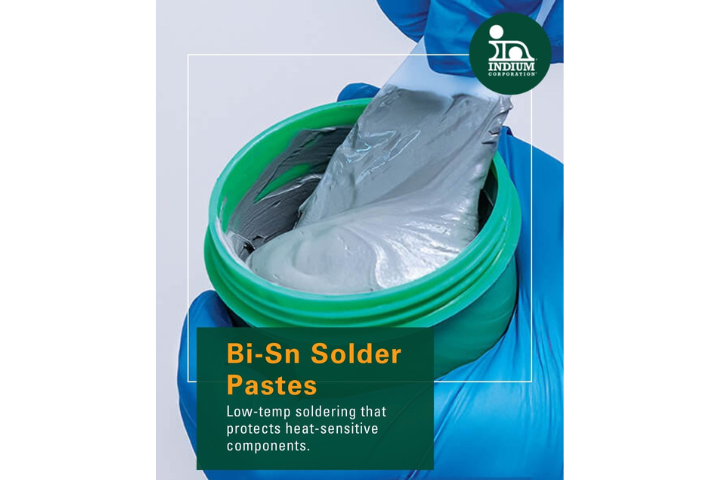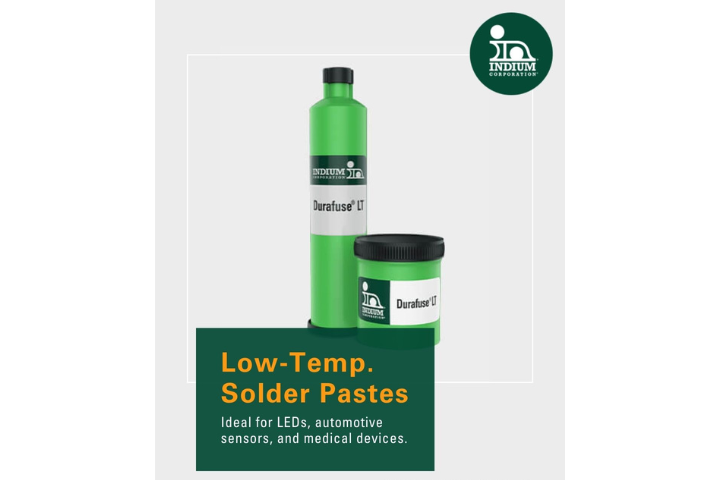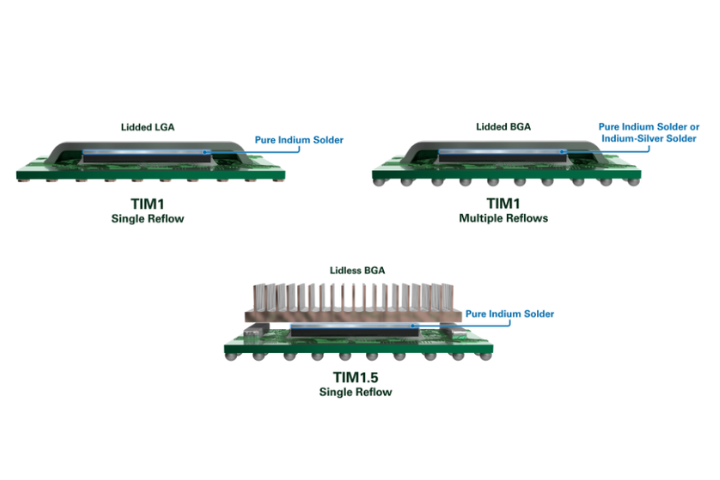In my previous post we saw that 80Au/20Sn eutectic alloy performs as both a solder or a braze. This is due to its unique and valuable properties. Let’s explore those properties a bit more deeply.
80Au/20Sn’s 280°C melting point is at the high end of the soldering range, so it can be soldered using flux. Additionally, because its melting point is at the low end of the brazing range, it can also be processed under a reducing atmosphere (sometimes incorrectly referred to as “fluxless” – the reducing atmosphere serves as a flux).
The alloy’s other physical properties are also unique. In spite of being made from two of the softer and more malleable metallic elements, this alloy is actually quite hard, like a braze. Additionally, 80Au/20Sn is about 10x to 20x stronger than most solders, like a braze. This table compares 80Au/20Sn to a couple of comparable (melting range) solders.
|
Property |
80Au/20Sn |
88Pb/10Sn/2Ag |
81Pb/19In |
|
Melting point/Range (°C) |
280 |
290-267 |
275-260 |
|
SG |
14.7 |
10.75 |
10.27 |
|
CTE (µm/m°C) |
16 |
29 |
26.6 |
|
Thermal conductivity (W/m/K) |
57 |
27 |
37 |
|
Tensile strength (MPa) |
275 |
22.5 |
33 |
|
Electrical Conductivity (x10-8 Ω/m) |
16.4 |
1.46 |
1.5 |
Note the numerous beneficial characteristics of 80Au/20Sn:
- eutectic melting point
- low CTE
- superior thermal conductivity
- superior tensile strength
- superior electrical conductivity
Not shown in the table is the alloy’s excellent resistance to corrosion and oxidation, as well as its good high temperature strength and desirable thermal fatigue properties.
As you can see, 80Au/20Sn offers numerous benefits in processing, manufacturing, and service. My next post will discuss how you can take advantage of these properties.



